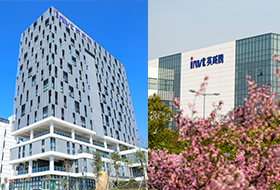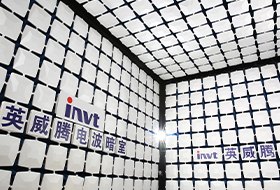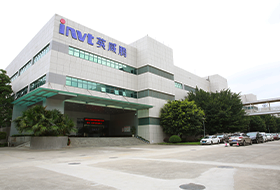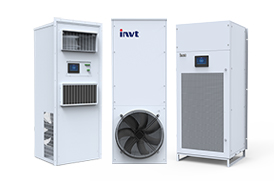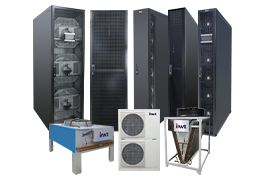Smart PDUs: Three Power Quality Challenges Facing Data Centers
Power quality monitoring is a common problem in today's data centers, and solving this problem can save time and operating costs. Today, surging electricity demand, rising electricity costs, and global initiatives to reduce carbon footprints are driving the need for more innovative and efficient ways to monitor power quality across the entire power chain of a data center. As a result, the need for a new generation of reliable, intelligent rack power distribution, monitoring and control solutions has never been greater. Electrical reliability and power quality are critical to addressing downtime prevention. What is power quality? Power quality is the stability and availability of electric current. Good power quality comes from consistent voltage, stable AC frequency, and a smooth waveform similar to a sine wave. Monitoring and managing power quality in data operations is critical to efficient and reliable operation. However, there are still unresolved challenges in terms of power quality, including data visibility, efficiency and optimization of infrastructure, and integration with existing BMS and DCIM systems.
Challenge 1: The power quality challenge comes from the inability to view fine power-quality data
Power quality assessments are often done as a one-off event during the start-up phase or during a major server overhaul in a data center. This means they often do not consider the ongoing impact of power quality problems in the facility, or which power quality problems are simply caused by standard operations. Within a data center, operating equipment is inherently prone to power quality issues due to carrying non-linear loads. Examples of such equipment include switched-mode power supply units, variable-speed drives, computers, and uninterruptible power supplies (UPS). Non-linear loads cause harmonic distortion, which can lead to unwanted current flow, overheating of cables, vibration, nuisance tripping of equipment, loss of energy, and other equipment malfunctions or malfunctions. Lack of visibility into key power metrics can severely limit failover planning and increase equipment failure rates, putting facilities at risk of downtime.
Challenge 2: Inability to optimize efficiency and infrastructure
Challenges around optimizing operational efficiency and scaling mission-critical infrastructure arise due to the lack of available power quality metrics. Issues such as unused capacity and “power failures” in the data center industry act as barriers to deploying high-density IT infrastructure due to the inability to efficiently maximize space and utilization. The same level of monitoring that paves the way for maximum utilization and efficiency in deployments can also be used to identify zombie servers consuming large amounts of power while idle and provide clarity on outlet problems and overcurrent events. All of these events can lead to costly downtime—a problem that can be avoided with better real-time, granular visibility into power quality at the rack and outlet level compared to traditional smart rack PDU solutions.
Challenge 3: Power quality monitoring lacks integration with existing management tools
Despite the many smart PDUs in the market today, data center facility managers still need tools and features that can help them further improve operational uptime and efficiency. The risks posed by unchecked power quality issues are real, and statistics from the Uptime Institute show that the threat of downtime remains. Unfortunately, current smart PDU solutions struggle to seamlessly integrate with any existing building management system (BMS) or data center infrastructure management (DCIM) architecture. This creates a gap between the general monitoring available and the tools data center managers rely on to operate their facilities, hindering their ability to properly manage power quality. An ideal smart PDU for monitoring and solving data center power quality issues needs to be able to communicate with existing BMS and DCIM systems through common APIs such as Redfish, JSON-RPC or SNMP. Therefore, reimagining the intelligent PDU is the best starting point for improving data center facility uptime today. This tool is ideal for providing the real-time visibility facility managers need to keep their facility up and running. But for now, many operators are still risking their bottom line because they are limited by the smart PDU technology currently available. The data center industry will benefit greatly from improved solutions for monitoring and troubleshooting power quality issues at the rack and equipment level.
As the power density of data center racks and the number of power-consuming devices continue to increase, power quality is becoming more and more important to data centers. Monitoring Power Only As the density of racks and the number of power consumers in data centers continue to increase, power quality is becoming more and more important to data centers. Simply monitoring power usage is not enough. You need to get down to the details of how and where power is being used, right down to the outlet, to get the most out of it.

 networkpowersales@invt.com.cn
networkpowersales@invt.com.cn
